Molluscum Contagiosum: Symptoms, Causes & Treatment
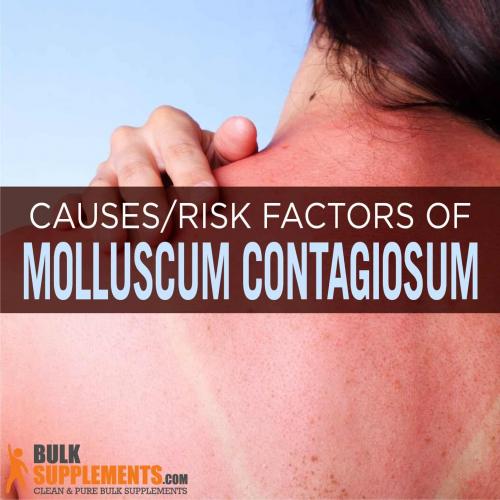
What is Molluscum Contagiosum?
Molluscum contagiosum is a viral skin infection that mainly affects small children. It is generally caused by a poxvirus known as the molluscum contagiosum virus.
This condition is seen less in adults and mostly spreads through direct personal contact among them. It typically affects those with a very weak immune system. According to health experts, the onset of this condition is a sign of underlying immunodeficiency. Cases have also been reported of the condition being sexually transmitted among adults, who are known to have a normal immune system.
Molluscum contagiosum can be defined by round, painless bumps of small sizes appearing on the skin. If these pin-sized bumps are burst or get injured then, the infection will spread all over the body. Usually, most patients affected with this viral skin infection seek medical help, but if left untreated, it will get cured as the bumps will eventually disappear.
Symptoms of Molluscum Contagiosum
The main symptom of this skin condition are lesions (also known as mollusca) that appear all the over the body. These lesions are small in size, like a small bump and are white, pink or skin-colored. They are also characterized by a pit or hole in the middle. On touch, they are usually found to be very soft and firm.
Looking at the other characteristics of the lesions, we find that they are quite small in size, i.e. mostly less than six millimetres in diameter. That is typically less than ¼ inch. These lesions are painless; they can become itchy and therefore red and inflamed after severe itching. As these lesions break easily by scratching or rubbing, there are chances of the infection spreading all over the body. In such situations, the mollusca become quite sore and swollen.
In children, these lesions are seen on their face, neck, armpits, arms and on their hands. Whereas in adults, they can also be seen in their genitals, lower abdomen and inner, upper thighs as there are high chances of this skin condition being sexually transmitted. These small-sized lesions can either be found in isolation or in clusters our skin.
Long-Term Effects and Other Complications
While the lesions are the main symptoms of molluscum contagiosum, there are long-term effects and other complications of this condition. Even if you have recovered once with or without medical help from this condition, there are chances it may occur again. If you are in contact with a person with this condition, then you may develop it once more.
In most cases, the lesions caused by this skin condition do not leave any scars. However, if you scratch or surgically remove the lesion it may cause permanent scarring. Hence, it is not recommended to remove the scars using surgery or any other methods. Another side effect of molluscum contagiosum is that it can lead to secondary bacterial infection, and this is known to cause complications among AIDS patients and those on immunosuppressing drug therapies.
Causes of Molluscum Contagiosum
The molluscum contagiosum skin condition is caused by the poxvirus. This virus is brick/oval in shape and has large double-stranded DNA genomes. They are known to cause diseases in human beings and animals and are categorized by small bumps/skin nodules or rashes, which spread throughout the body. Other than molluscum contagiosum, this virus is also known to cause diseases like monkeypox and orf.
The poxvirus easily spreads from one person to another through many channels, thus increasing the risk of infection. These include:
- Physical contact: The main reason for spread of this skin condition is physical contact between the affected person and someone else. The virus easily moves between persons through skin contact.
- Contaminated fomites: The poxvirus spreads widely through the channel of contaminated inanimate objects like handkerchiefs and towels.
- Sexual transmission: Among adults, sexual relations with an affected person is one of the main reasons for the spread of this disease.
- Scratching the lesions: The lesions caused by this virus can be itchy and frequent scratching will break them. Once this happens, the infection will easily spread to all persons through skin-to-skin contact. This process is known as autoinoculation.
Risk Factors
While the molluscum contagiosum skin condition can affect anyone, people with weak immune systems are more susceptible. Those who are high at risk include:
Children Under 10 Years
Children in the age group of 1–10 years are highly vulnerable to this poxvirus as their immune system is still developing and so they stand the risk of getting this infection. Also, the chances of personal contact are more among the kids in this age group.
People with Less Immunity
People who have a weaker immune system (those suffering from AIDS/cancer) are more suspectable to the poxvirus as they are already frail and vulnerable. The lesions developed on their skin appear different and treatment is considered difficult, given their present condition.
Atopic Dermatitis Cases
People suffering from atopic dermatitis can contract this skin infection when compared to normal people as they have many cuts in their skin. It is due to this condition that molluscum contagiosum spreads to other parts of their body at a faster rate.
Hot, Moist Climatic Conditions
Populations living in warm and tropical climate areas are more vulnerable to this skin infection as the weather there is not conducive and the areas are crowded as well.
Treatment Options
Surgical Removal of Lesions
In most cases, this infection is self-limiting so people do not seek medical help. However, if there are large lesions all over the body then people may opt for surgical removal of the lesions. This includes curettage — removing the lesions with a curet, while administering local anesthesia.
Laser Therapy
Under this treatment method, thin and intense light rays are projected on to the lesions to cure them completely.
Oral Therapy
This treatment is recommended for the slow and successful removal of lesions and is most used while treating children having molluscum contagiosum. The pain incurred is less while using this method and it can also be done by parents at home itself. Oral cimetidine is used to remove the lesions in children as they will not be comfortable with cryotherapy or laser treatment. Oral cimetidine is safe and pain-free and works well in removing lesions from children’s vulnerable skin.
Topical Therapy
Topical therapy is mostly used in adults to remove lesions caused by this skin infection. While podophyllotoxin cream (0.5%) is mostly used by men, other treatments include iodine and salicylic acid, potassium hydroxide, tretinoin, cantharidin (a blistering agent) and imiquimod (T cell modifier). A point to note is that all these treatments must be verified by a doctor.
Therapy for Immunosuppressed Patients
Whilethe above-mentioned treatment options work for normal patients, they are not viable for immunosuppressed patients like those suffering from cancer/AIDS as their immunity system is very weak. For such patients, tests have proven thattherapies aimed at improving the immune system work wonders in removing lesions caused by this viral skin condition. In some difficult cases, intralesional interferon are used to remove facial lesions in immunosuppressed patients.
Home Remedies for Molluscum Contagiosum
While there are clinical treatments available for molluscum contagiosum, many home remedies are also available to cure this viral skin condition. As many people feel that this skin infection is not that serious, they usually resort to home remedies to find relief. Some of the popular home remedies include using products like apple cider vinegar, alcohol, iodine, hydrogen peroxide, elderberry extract and duct tape occlusion. These home products are expected to remove the lesions and drastically reduce the skin infection.
People are also known to try other home remedies like oatmeal bath and using essential oils like tea tree, thyme, lavender, coconut, eucalyptus among others to cure themselves of this disease. While it may be a good idea to try out some of these products, but always consult a doctor before using any of these remedies.
Preventive Measures Against Molluscum Contagiosum
If we contract any disease, the first step is to get a proper diagnosis and then begin treatment. However, the question arises why wait to fall sick? If we take early preventive actions then we can easily safeguard ourselves against this skin infection. Some of the important preventive measures include:
- Clean Hygiene: To safeguard oneself against skin infections like molluscum contagiosum, people must follow a clean and hygienic lifestyle while keeping both their body and surroundings neat and germ-free.
- Keep the lesions covered: If you have developed lesions due to this skin infection, it works better to keep them covered with a cloth or bandage as then they will not be infected or come in contact with the external environment.
- Don’t scratch the lesions: The lesions may feel itchy and you may want to scratch them. However, do not do so as the lesions will break and the infection will spread all over the body.
- Don’t share personal items: If you are having this skin condition, don’t share your personal items like unwashed clothes, towels, kerchiefs, soaps with other people.
- Avoid sexual activity: While undergoing treatment for this condition, refrain from any form of sexual activity as this disease spreads through sexual contact and you do not want to pass it on to your partner.
The Bottom Line
Molluscum Contagiosum is a viral skin condition affecting children and adults. It is caused by a poxvirus known as molluscum contagiosum virus. Molluscum contagiosum is distinguished by bumps of small sizes on almost all parts of the body. If these pin-sized bumps are burst or broken then the infection will spread to all other body parts.
The main symptoms of this condition are the ball sized lesions, which appear all over the body. They are small in size and usually painless. Over time, the lesions may become itchy, stinging, red, and inflamed. This viral skin infection usually spreads either through skin-to-skin contact, sexual activity or through shared objects like towels, soaps etc.
The lesions usually go away after one year if untreated. People, however, make use of oral therapy, laser therapy and surgical means to remove the lesions if they become large and ugly. Zinc and medicinal mushroom supplements also help improve the patient, especially children’s immunity and fight this skin infection.


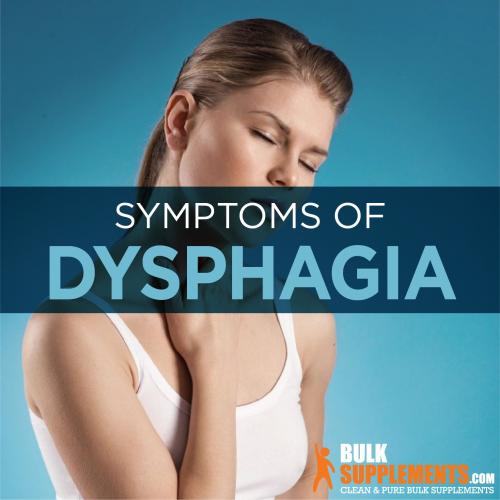
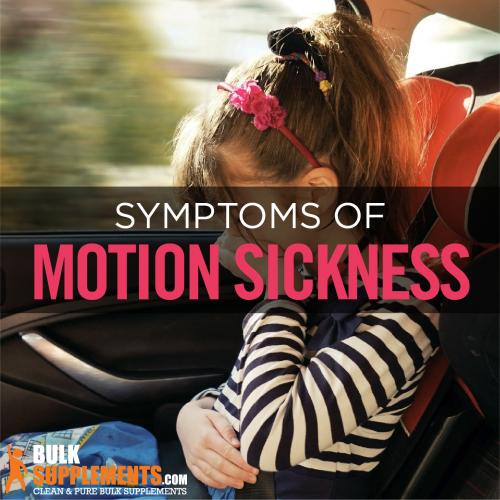
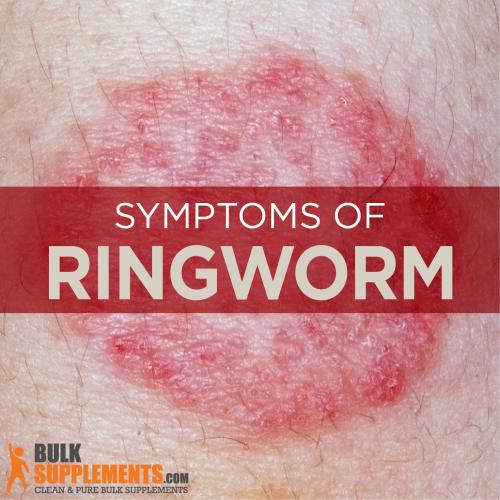
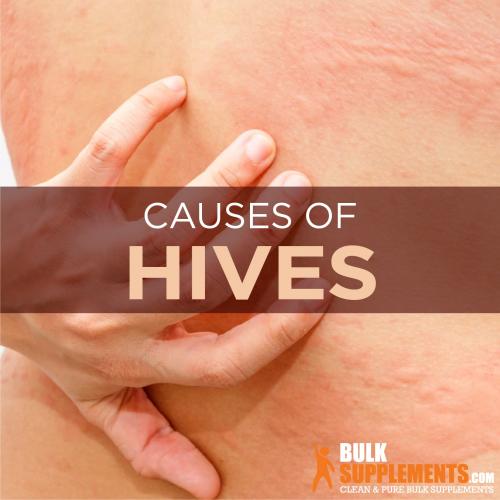
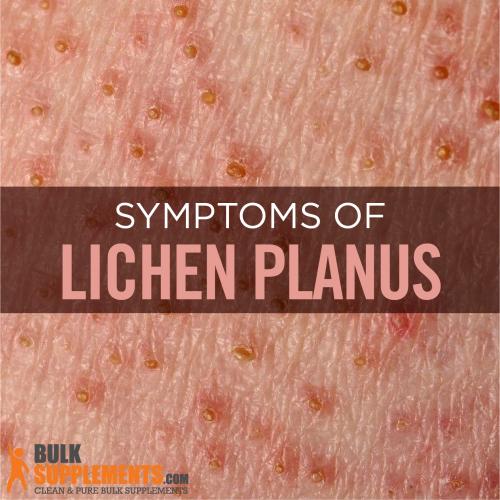


Comments